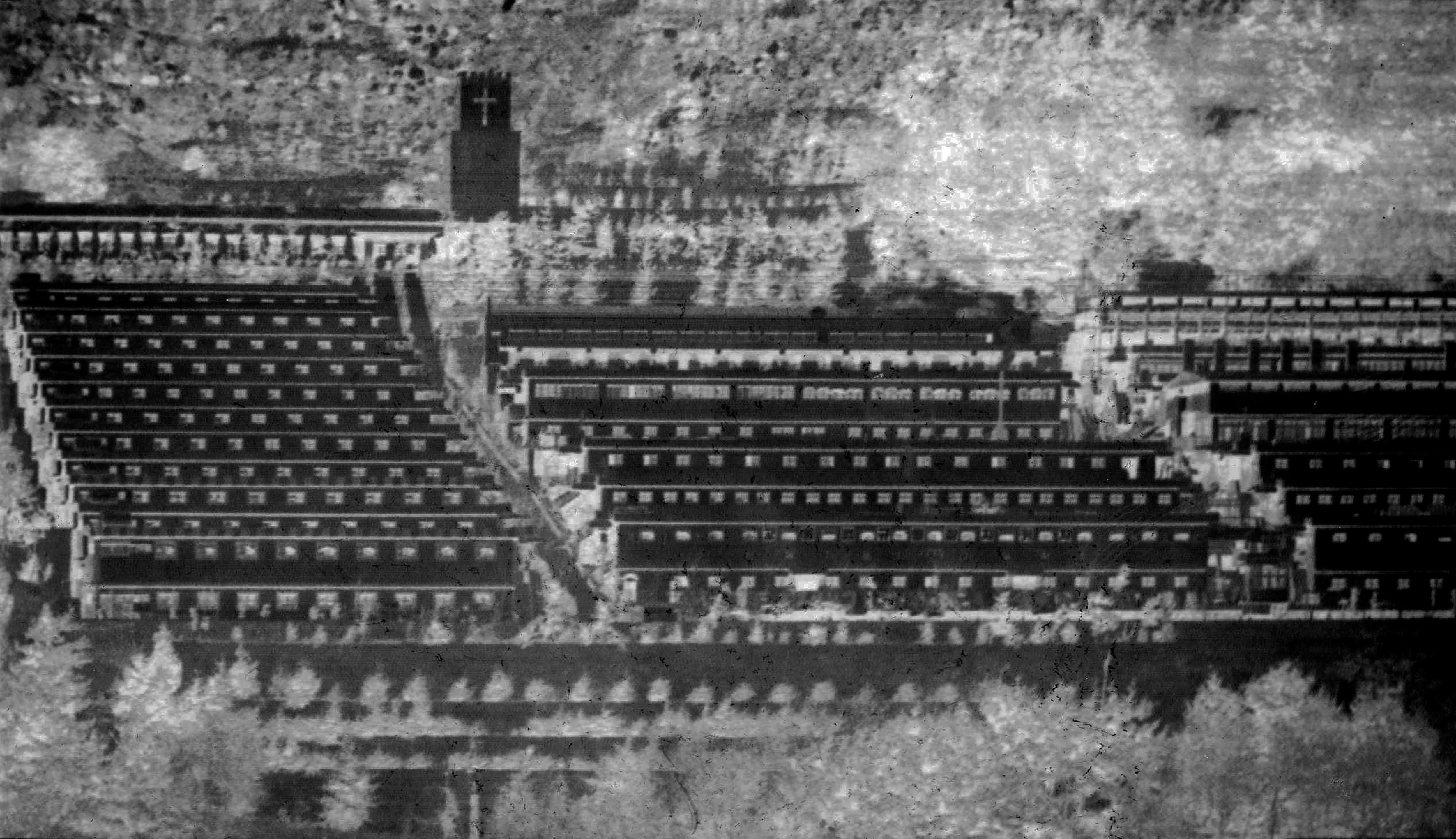Commission: Seoul government responsible for facility abuse
South Korea’s Truth and Reconciliation Commission has found the country’s past military governments responsible for atrocities committed at Brothers Home, a state-funded vagrants’ facility where thousands were enslaved and abused from the 1960s to 1980s

Your support helps us to tell the story
From reproductive rights to climate change to Big Tech, The Independent is on the ground when the story is developing. Whether it's investigating the financials of Elon Musk's pro-Trump PAC or producing our latest documentary, 'The A Word', which shines a light on the American women fighting for reproductive rights, we know how important it is to parse out the facts from the messaging.
At such a critical moment in US history, we need reporters on the ground. Your donation allows us to keep sending journalists to speak to both sides of the story.
The Independent is trusted by Americans across the entire political spectrum. And unlike many other quality news outlets, we choose not to lock Americans out of our reporting and analysis with paywalls. We believe quality journalism should be available to everyone, paid for by those who can afford it.
Your support makes all the difference.South Korea’s Truth and Reconciliation Commission has found the country’s past military governments responsible for atrocities committed at Brothers Home, a state-funded vagrants’ facility where thousands were enslaved and abused from the 1960s to 1980s.
The commission on Wednesday announced the initial results from its investigation into human rights violations at Brothers, including extreme cases of forced labor, violence and deaths.
The commission said it has so far confirmed 657 deaths at Brothers, which was higher than the previously known tally of 513 between 1975 and 1986 documented in the facility’s records.
Jung Geun-sik, the commission's chairperson, said its findings were based on its investigation into the cases of 191 individuals, who were among 544 Brothers survivors who have so far filed applications. Jung said the commission also plans to look into the foreign adoptions of Brothers children as it continues its investigation.
From the 1960s to 1980s, South Korean military dictators ordered roundups to beautify the streets. Thousands — including homeless and disabled people, as well as children — were snatched off the streets and brought to facilities where they were detained and forced to work.
Brothers was the largest of those facilities before a prosecutor exposed the facility’s horrors in 1987. The government of military dictator Chun Doo-hwan then pressured the prosecutor to water down the investigation as part of a broader cover-up, resulting in no one being held accountable for hundreds of deaths, rapes and beatings at the facility.